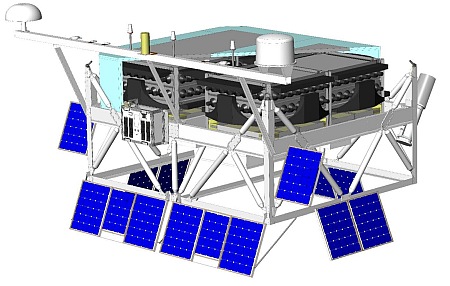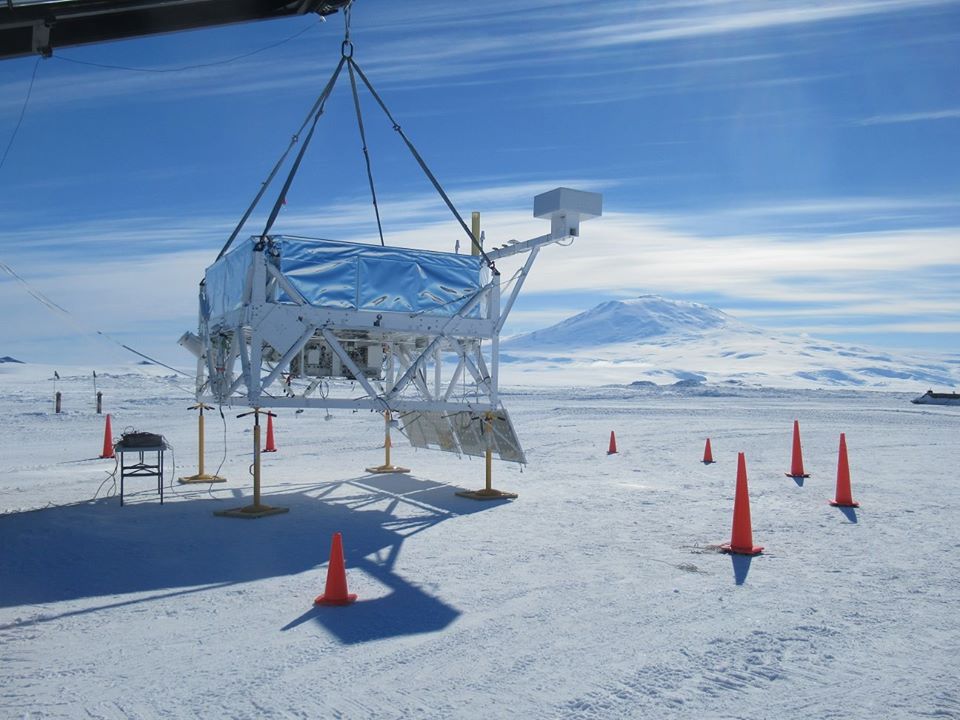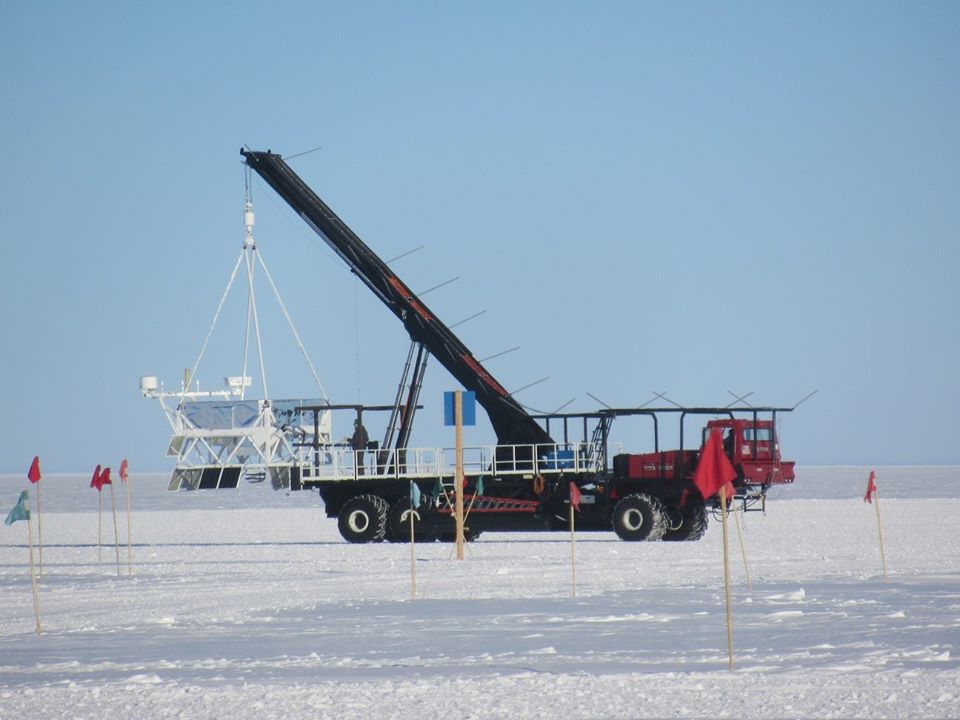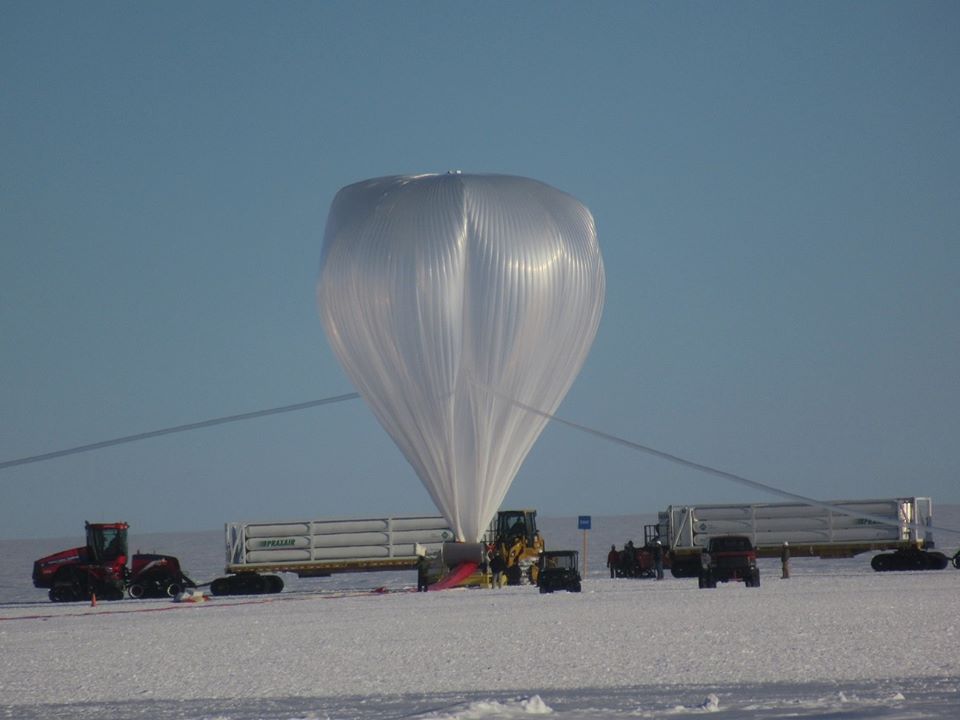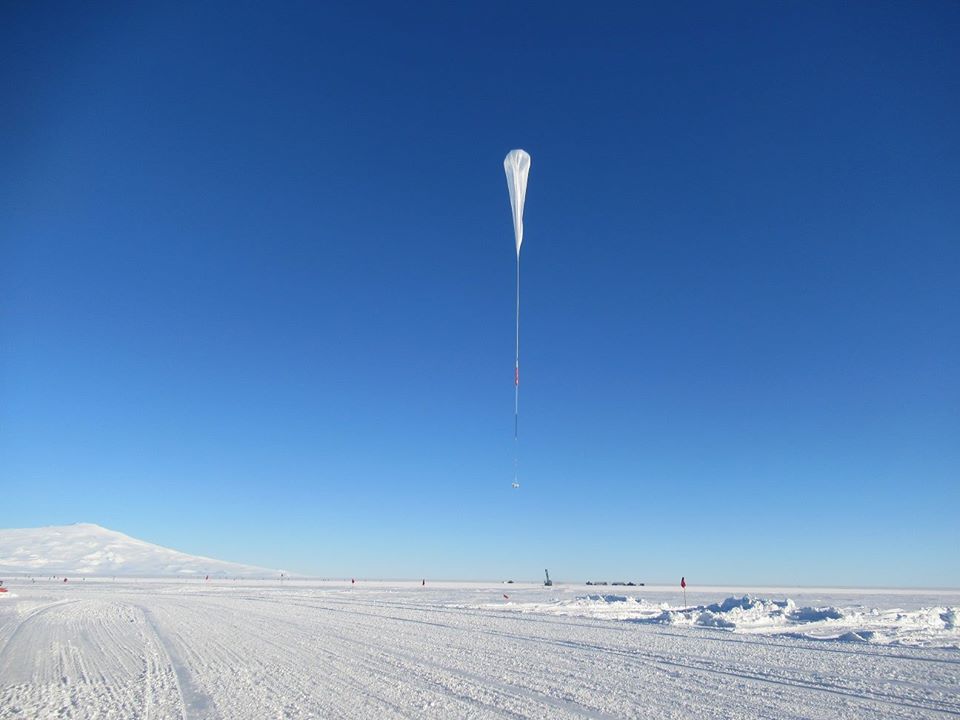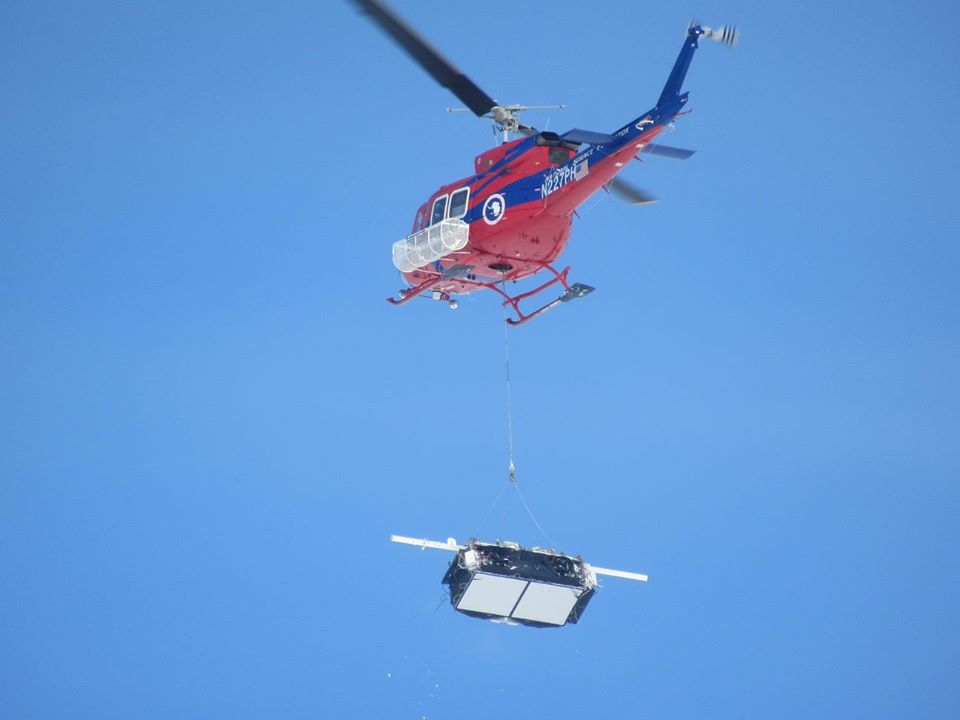Purpose of the flight and payload description
The SuperTIGER instrument was developed to accurately measure the abundances of ultra-heavy, trans-iron Galactic Cosmic Ray nuclei. This instrument is an enlarged and higher resolution version of the earlier TIGER instrument that was flown over Antarctica twice in early 2000's.
SuperTIGER was designed for simple assembly, easy launch, and used no consumables. SuperTIGER has the largest geometric acceptance readily achievable for an instrument meeting the weight limits for flight on a standard stratospheric balloon. The full instrument weight was 1770 kg. SuperTIGER incorporated a detector suite selected for excellent charge resolution of ultra-heavy galactic cosmic-ray (UHGCR) nuclei, minimal nuclear interactions, minimum weight, and large geometric acceptance. The techniques used to measure charge and energy were identical to those employed by TIGER, but the implementation has been improved.
SuperTIGER (as did TIGER) used plastic scintillators, acrylic Cherenkov counters, and silica-aerogel Cherenkov counters to determine the element species and kinetic energy of incident particles. Scintillating optical fiber hodoscopes at the top and bottom of the detector stack measured the trajectories of particles transiting the instrument for angle corrections and mapping.
For SuperTIGER the scintillator and Cherenkov detector enclosures were floored with an ultra-low-density foam/aluminum-foil composite developed at NASA GSFC, which was also used to support the hodoscope. The tops of the scintillator, Cherenkov, and hodoscope enclosures were made of thin Al foil.
To improve detector performance and add redundancy for enhanced reliability, SuperTIGER was divided into two completely independent modules, as shown in the figure above. Each module can be mechanically disassembled to a half-module subsystem to enable recovery with any available aircraft in Antarctica.
Video footage of the launch
Details of the balloon flight
Balloon launched on: 12/19/2018 at 12:36 utc
Launch site: Williams Field, McMurdo Station, Antarctica
Balloon launched by: Columbia Scientific Balloon Facility (CSBF)
Balloon manufacturer/size/composition: Zero Pressure Balloon Raven Aerostar - W39.57 (39.500.000 cuft)
Flight identification number: 694N
End of flight (L for landing time, W for last contact, otherwise termination time): 12/19/2018 at 19:17 utc (L)
Balloon flight duration (F: time at float only, otherwise total flight time in d:days / h:hours or m:minutes - ): 6 h 41 m
Landing site: 280 km al NNW of McMurdo Station, Antarctica
The balloon was launched by dynamic method from the Long Duration Balloon (LDB) site near McMurdo Station, Antarctica on December 19, 2018 at 12:36 utc. The balloon reached a peak altitude of 79,300 ft before it began to descend, and the flight had to be terminated after just over six hours aloft. The payload landed at 19:17 utc approximately 150 miles from McMurdo Station at 75.80 S and 161.68 E. Satellite imagery of the site revealed that it was in a crevasse field, but a Twin Otter reconnaissance flight showed none in the immediate vicinity. A subsequent site survey by a team flown in by helicopter with ground penetrating radar was able to flag a safe zone including helicopter landing sites. The SuperTIGER-2 payload was recovered in two days with two Bell 212 helicopters followed by one day with a Basler plane, which involved transferring the payload to a safe fixed wing landing site roughly two miles away in three helicopter sling loads. After return to the LDB site the instrument modules were reassembled, rewired and tested prior to being shipped. The instrument was found to be in overall good condition, with all testable electronics channels working, and minimal mechanical damage.
External references
- Super-Tiger website Washington University, Department of Physics
- SuperTIGER-2 2018 Flight Payload Recovery and Preliminary Instrument Assessment 36th International Cosmic Ray Conference - ICRC 2019
14750If you consider this website interesting or useful, you can help me to keep it up and running with a small donation to cover the operational costs. Just the equivalent of the price of a cup of coffee helps a lot.

